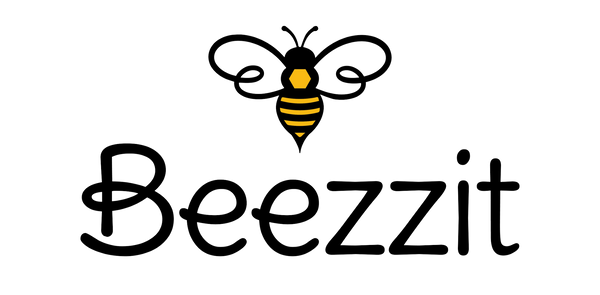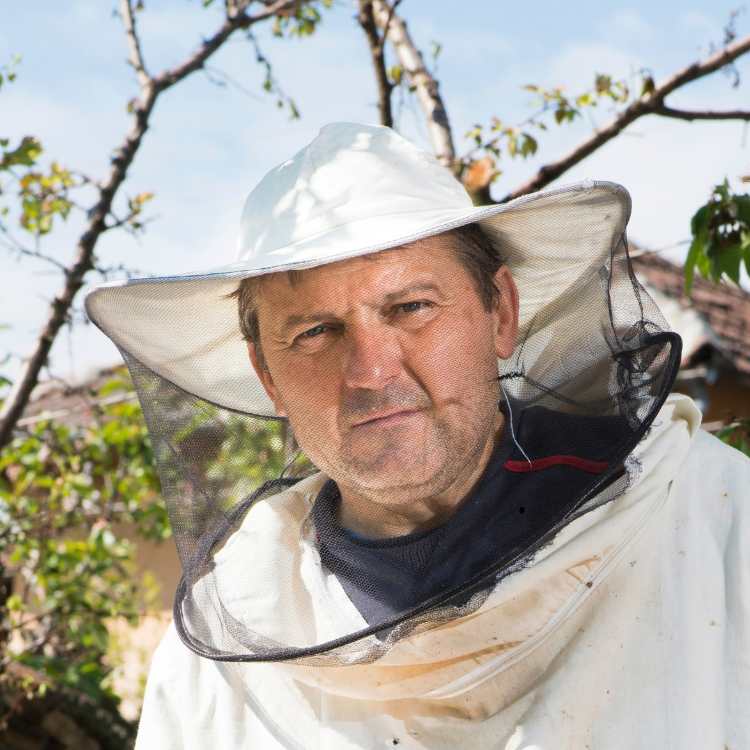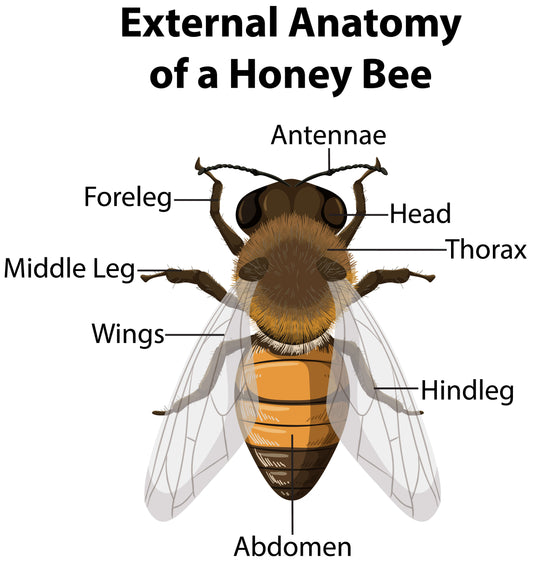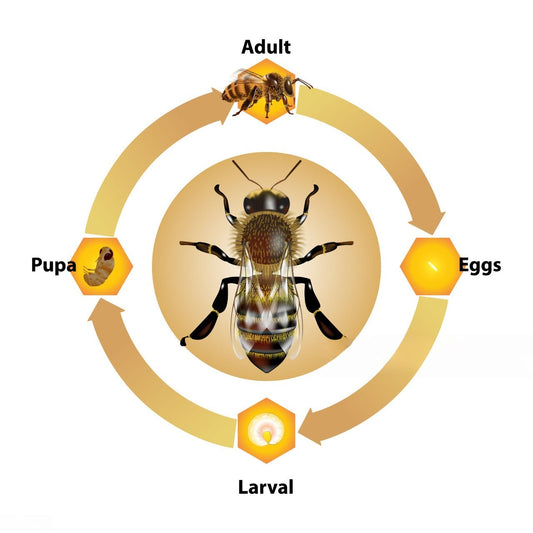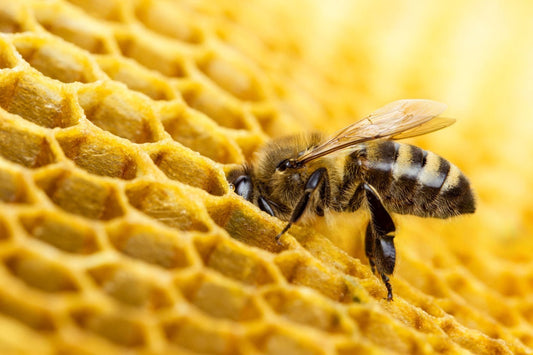
Ever paused to think about what makes honey so different? Is it its sweetness, its thickish texture, or how it marries well with almost any recipe? Let's delve into the honey flavor world, and learn about the various types of honey flavors, and how we can enjoy them.
Honey’s Historical Journey
Since ancient times, the history of humanity has been incomplete without honey. The ancient Egyptians offered it to their gods and pharaohs while the Romans linked it with good health and plentitude. It has been known since early times that honey is both an energy-giving food as well as used as an antibiotic.
Composition and Origin of Honey Flavor
Honey gets its taste from a process whereby bees collect nectar from flowers which they transport back into their hives turning it into honey. There are over four hundred types that range in flavor depending on which flower bees get nectar from in terms of tastes and colors.
Honey flavor comes from a process where bees gather nectar from flowers and carry it to their hives, turning it into honey. The bee starts the process by collecting nectar from various flowers, each of which has a different chemical composition, leading to the creation of over 400 distinct types of honey, each with unique aromas, colors, and flavors.
Once the nectar is gathered, the bee stores it in its special honey stomach. Here begins the first chemical process with invertase and other enzymes breaking down the sugar into glucose and fructose. Upon arrival to the hive, the bee passes the nectar between other bees, further enriching it with additional enzymes. At this stage, the bee deposits the nectar into honeycomb cells and fans it to evaporate excess water, thereby enhancing its sweetness and stability and concentrating the liquid.
Throughout the process, volatile compounds develop in the honey, originating from the flowers and the bee’s enzymatic activity, including phenolics, flavonoids, and aromatic acids, all contributing to the unique honey flavor. Flower types, climate, geographical location, and bee species, also play an important role in influencing the final honey flavor.
At the end of the process, once the honey reaches the desired consistency and honey flavor, the bee seals the honeycomb cells with beeswax to preserve the honey for future use.
The Influence of Production on Honey Flavor
Some production processes such as filtering, heating, or even fermentation, can also significantly influence the honey flavor. These processes may improve on one hand, the quality of the honey, however, can strip the honey of some natural components that contribute to its unique honey flavor. Raw honey, which is minimally processed and unheated, is often preferred for its complex flavors.
Different Honey Flavors and their Unique Characteristics
As mentioned, variability is associated with honey flavor due to factors such as sources, geography, climate, among other ecological determinants. This means that each type is customized accordingly. Here are some commonly consumed ones:
Wildflower Honey:
Characteristics: It comes from various combinations like wildflowers mixed together with herbs in one place.
Honey Flavor: Light color and sweet taste.
Uses: Ideal for tea, yogurt, or bread since its taste does not overshadow other ingredients. It is also used in many recipes that need a neutral base ingredient for its mildness.
Eucalyptus Honey:
Characteristics: Mostly made in Australia and areas having eucalyptus trees.
Honey Flavor: Smoky-spicy taste that is like eucalyptus leaves; ranges from dark yellow to light brown.
Uses: Perfect for meat dishes in marinades and sauces, used to provide a rich taste in grilled meat or making Italian/Spanish food.
Lavender Honey:
Characteristics: Southern France and Italy are the main locations of lavender fields.
Honey Flavor: It has very sweet, fine, soft floral notes that enhance the smell of lavender.
Uses: Creamy goat cheese or camembert cheese pair well with it. Moreover, it can be used as a foundation for various desserts such as sorbets and ice creams.
Clover Honey:
Characteristics: Clover flowers are used to make one of the most common honey varieties that are found mostly in North America and Europe.
Honey Flavor: Sweet with mild herbal undertones; its color is almost clear and very light.
Uses: Suitable for baking and beverages, going well with coffee or tea while cakes, pastries, and cereals take the same route too.
Orange Blossom Honey:
Characteristics: Orange orchards primarily found in countries such as Spain and the Southern United States produce this honey type.
Honey Flavor: Fruity-sweetness blended with citrus blossom-like scents. The color ranges from yellow to orange-yellow.
Uses: Excellent sugar substitute in tea or cakes but also adds interest when combined with fruit salad.

Some types of honeys.
Honey and Health: The Taste Does Not Tell It All
Honey is not just a sweetener; it has many health benefits because it contains antioxidants, vitamins, and minerals. Honey has phenols and flavonoids which are antioxidant compounds that protect against diseases caused by free radicals in the body.
Also, honey serves as an antiviral agent and provides a protective coat that aids in the healing process of burns and wounds enhancing the immune system’s performance. Honey can also be used to comfort sore throats or coughs as it forms a soothing coating across the throat so as to reduce irritation. To do this you can take warm water with one tablespoon of honey plus lemon every morning, put it in smoothies, yogurt, or granola, marinate chicken or fish with it, or mix it into salad dressings. Consequently, you will enjoy this product's unusual taste while staying healthy.
What buzzes my honey flavor taste buds?
Having read the above I’m sure you’ll agree that honey is an amazing product. Not only can we gain from its numerous health benefits, its diverse honey flavors make it a versatile ingredient in the kitchen. So, what is your favorite honey flavor? Mine for sure is Clover honey. Its light, mild taste makes it the perfect accompaniment to a cup of tea and a piece of scrumptious honey cake!
For more Articles visit our Blogs
